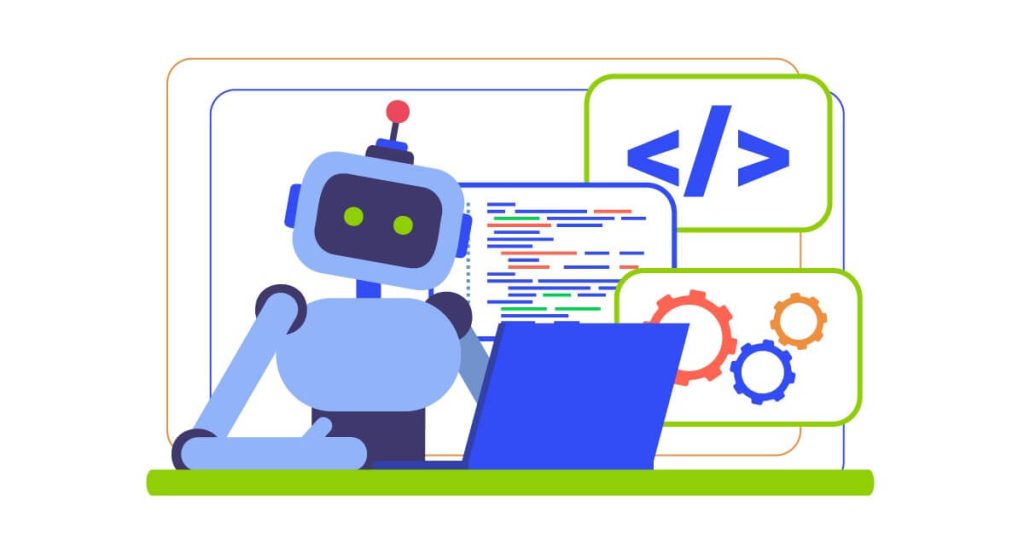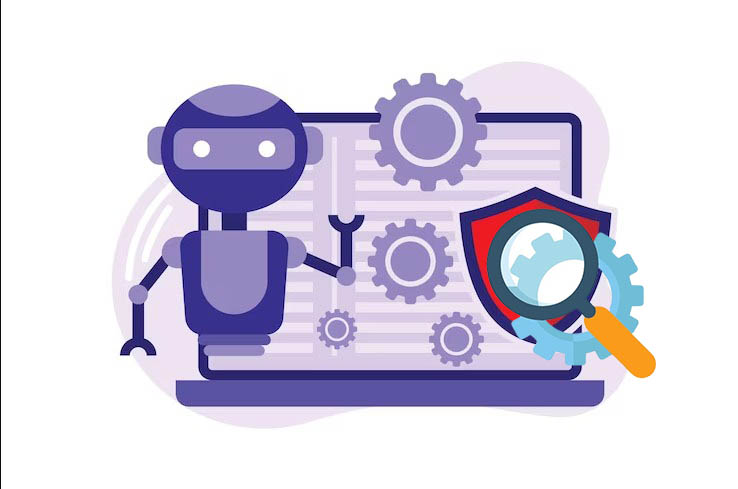What is a Mainframe Testing?
A Mainframe testing is a powerful, centralized computer system that handles large-scale computing tasks. Mainframe testing is the testing of apps or software based on a mainframe system. The mainframe testing definition covers the process of deployment of MVS (or other systems) that elaborates on the principle that the software or application is compliant with the highest level of quality management. The operation is executed on the deployed code and orchestrated over multiple input files, however, the data combinations set into the operation file daily are bound to change. We provide end-to-end software testing services to apply different validation approaches and verification methods to eliminate all running issues.
Testing online CICS screens (here CICS stands for Customer Information Control System) is where the internet really comes into its own. Online testing is a powerful tool that dispenses with the need to laboriously test each screen. Thus, a tester should not know the way how the CICS screen will provide the needed information. They should not care about the emulator system if the changes have been made in JCL, COBOL or any other programming languages. Then, the emulators will re-size on one terminal (the software gets installed on the client computer) and then the adjustments on the other emulators will be made.
Classification of Mainframe Testing Method into Manual Testing
According to the traditional classification, 2 significant types of mainframe testing are distinguished: through a blend of online and batch job testing.
Online Testing
In this case, the web page, the interactive media approaches the situation of the online test, which is mainly the Mainframe testing of the screens of Application Physicalization. One can rework the already existing functions of screens and put new ones if desired. The app has a help-machine interface such as question and update screens. Therefore, both screens’ functional reciprocation is to be reviewed during screen testing online.
Batch Testing
Implementation of the batch job Mainframe testing for each function area of the previous release is the definition of batch tests. The software testing improve the development process consists of two phases – one for the batched jobs. In the beginning, we do it all ourselves until the routine is completely well established. Next, our interaction is validated by giving the first job a database to work with and the second job then validates the data.
What Are Mainframe Testing Attributes
During mainframe testing, line it up with some mainframe characteristics that should be taken into account.
Virtual Storage
This technology is created to increase the memory access time and promote cheaper and more space-efficient disc storage while emulating that real storage is extensive.
Multi-programming
And, figuratively speaking, it’s not a big deal – a computer performs several programs concurrently.
Batch Processing
This method can segment activities to ease how the task is done.
Time-Sharing
Users have the terminal device as a medium where every user logs in.
Smart Work
Concurrent Peripheral Operations, Online (CPO) refers to saving and delivering the result of the application or software being applied to the devices.
How to Run the Checks, When to Assess, and What Tools to Use
Mainframe testing is often quintessential in that one step is caused by another step in its scheme.
Stage #1. Planning
The first stage is preparation, all about preparations. It is important to specify the way of boosting each chancing during the release by writing the documents. Then testing and development teams will conduct another process to detect which and how many processes will get the necessary changes on. Test design will be the immediately following step. The test cases and scenarios for the product should be prescribed.
Stage #2. Scheduling
When the documentation is complete, it is however time for both teams to get in charge. At this point marking out the testing timeline taking into account a complete project plan is the task at hand.
Stage #3. Deliverables
When the preparation process is over, the team will review the scope of the deliverable. Vagueness should not be permitted. Their descriptions should be perfect, as well as for test purposes.
Stage #4. Implementation
The next trial is the process of implementation. Alterations within the inflight steps will affect up to 25% of the app. The implementation of process innovation at the remaining part will be based on non-standard features given that, two mainframe levels of testing become necessary.
Stage #5. Reporting
The test results of both actions go further to the custom software application development services team consistently. The testing team should have solid and regular connections with the development team to make essential modifications quickly and efficiently.
Mainframe Testing Explained
Mainframe testing ensures that software applications running on mainframe systems meet quality standards. Let’s explore the key aspects of Mainframe Testing:
1. Navigating CICS Screens:
- CICS (Customer Information Control System) screens are user interfaces for mainframe applications. Testers must understand how to navigate these screens, input data, and validate outputs.
- Emulator setup consistency across different machines ensures that changes made on one terminal emulator work seamlessly on others.
2. Testing Against Test Cases:
- Mainframe applications (often referred to as job batches) are tested against predefined test cases.
- Testers deploy the code and execute various scenarios using different data combinations.
- The goal is to identify defects, ensure functionality, and validate business logic.
3. Terminal Emulator:
- Users interact with mainframe applications through a terminal emulator.
- The emulator allows users to access mainframe screens, input data, and view results.
- It’s essential to install the appropriate emulator software on client machines.
Importance of Mainframe Testing
Reliability:
- Mainframes handle critical tasks, such as financial transactions, inventory management, and record keeping.
- Rigorous testing ensures their reliability, preventing costly errors.
- Imagine a scenario where a financial institution’s mainframe fails during a large-scale transaction. The consequences could be disastrous—financial losses, customer dissatisfaction, and damage to the institution’s reputation.
Performance Optimization:
- Testing identifies bottlenecks, inefficient code, and areas for optimization.
- Well-tested mainframes deliver optimal performance.
- For example, if a mainframe application experiences slow response times during peak hours, thorough testing can pinpoint the bottlenecks and help optimize the system.
Security Assurance:
- Mainframes store sensitive data, including customer records, financial information, and proprietary business data.
- Rigorous testing validates security measures, ensuring data remains protected.
- A security breach in a mainframe system could lead to data leaks, legal repercussions, and financial losses.
Compliance:
- Industries with regulatory requirements (e.g., banking, healthcare) heavily rely on mainframes.
- Testing ensures compliance with industry standards and regulations.
- Non-compliance can result in penalties, legal actions, and reputational damage.
Business Considerations:
Cost-Effectiveness:
- Investing in thorough testing upfront reduces the risk of defects.
- Fixing defects after deployment can be expensive and disruptive.
- Proper testing saves costs in the long run.
Customer Satisfaction:
- Reliable mainframe systems lead to better customer experiences.
- Testing minimizes disruptions, ensuring smooth operations.
- Imagine a retail business facing system downtime during a busy shopping season—it could result in lost sales and frustrated customers.
Competitive Advantage:
- Businesses with robust mainframe systems gain a competitive edge.
- Testing contributes to maintaining that advantage.
- A well-functioning mainframe system allows businesses to serve customers efficiently and stay ahead of competitors.
Risk Mitigation:
- Testing mitigates risks associated with system failures, data breaches, and compliance violations.
- It assures stakeholders that the mainframe system is reliable and secure.
Conclusion:
In conclusion, Mainframe Testing is not just a technical process; it’s a strategic investment for businesses. By ensuring reliability, performance, and security, organizations can confidently deploy their software on these powerful systems. Remember, the mainframe isn’t going anywhere—it continues to be the backbone of critical business operations!
Read More:
Configuration Testing is a software testing technique where the application under exam is evaluated using a range of software and hardware combinations.



